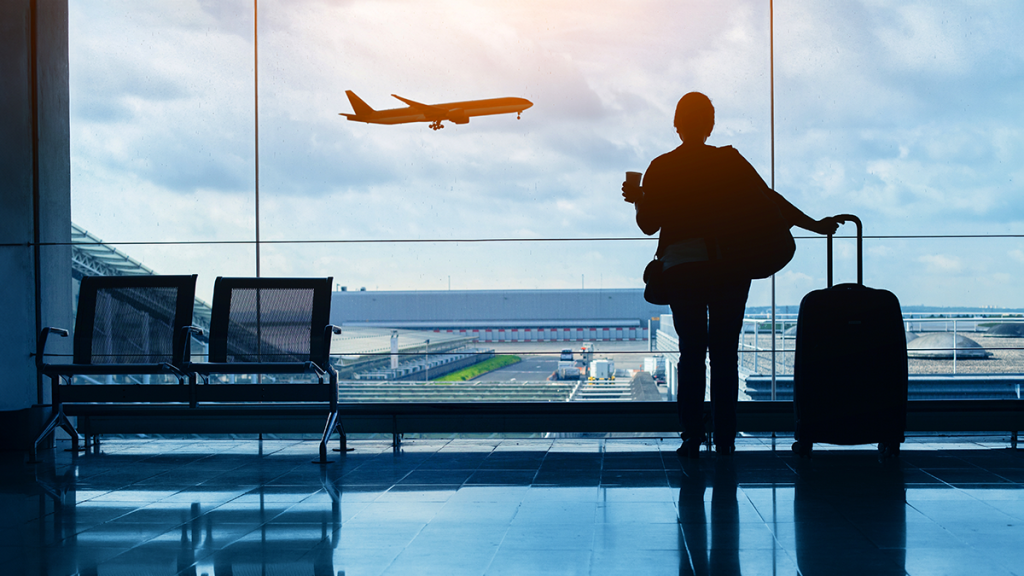Burj Al Arab
There aren’t many hotels in the world about which apocryphal stories abound, but such is the Burj’s status that we could fill this book with them. Heard the one about former U.S. President Bill Clinton sneaking in through the kitchens? Or the man who sent a diver into the giant aquarium with an engagement ring and a sign saying ‘marry me’? Do we really buy that it was built on its own island because it was originally intended to be an offshore super-casino? Whatever you choose to believe, one thing is definitely true – this seven-star superstar is the building that single-handedly put Dubai on the map.
Whether you love it or loathe it, many holiday albums feature at least one photo of it since it opened in 1999 (our favourite is the Burj-as-natty headgear shot). The structure, which sits 280 metres (918.6 feet) offshore and is accessed via its own bridge, was designed by architect Tom Wright to be an icon; his philosophy was that a landmark structure should have only three or four simple lines to make it easy for people to remember. He sure succeeded – more than any other structure, this is the symbol of modern Dubai. A double-skinned Teflon-coated sail covers the outside of the building, and it was the first time such technology had been used vertically and to such an extent anywhere in the world.
At 321 metres (about 1,053 feet) the hotel is still the tallest all-suite hotel in the world. The interior, by Khuan Chew of KCA International, is perhaps responsible for the love-it-or-loathe-it aspect of the Burj – it is certainly over the top for Western tastes. What you see from the outside gives scant impression of the ocular assault that awaits you inside. If we were being kind, we’d call the tallest atrium in the world a ‘wow’ experience. There’s no reception as such, just a couple of discreet desks (well, what passes for discreet in a place embellished with 1,590 square metres, or almost 17,115 square feet, of 24-carat gold leaf).
This is because each floor boasts its own reception. Two lifts flanking a central dancing fountain take you past the enormous aquariums to the first floor, where another fountain periodically issues jets of water four storeys up into the air. The underside of each floor fans out and is painted a different colour, not unlike a massive Pantone chart. Carpets are migraine-inducing, every single fixture and fitting gleams gold and the furniture is primary-coloured pleather. Understated it is not, but we defy you not to warm to the all-out bling of it all.
Of course, the hotel is aware of what a tourist attraction this all is, so if you want to experience any of it, you’ll need a reservation for one of the restaurants (they recently installed a man with a phone at the gate so that people turning up on spec can book right there and then). The staff are all incredibly polite, aware and ever present – as they should be, with a ratio of eight to every one guest. The suites, all of which are duplex, continue the almost comedy-opulent theme. The living room, with guest bathroom, is downstairs, and boasts an enormous flat-panel TV along with a desk on which sits your own fully-loaded laptop and Bond-villain-style touch screen nerve centre, from which you can open the curtains, turn on the music, order a martini or plot global domination (probably). The views, either over to the World Islands or the Palm, are incredible and unobstructed.
Upstairs, the beds face the floor-to-ceiling windows, and the televisions that sit in front of them can be raised and lowered at the touch of a button. For a more risque form of entertainment, mirrors above the mattresses come as standard, although these can be covered up on request. The bathrooms all come complete with full-size Hermes products and a high-camp mural of Dubai’s sights above the whirlpool bath, which your butler will fill with scented oils, fragrant herbs or even caviar on demand. If this isn’t enough pampering, a whole floor of the hotel is devoted to separate male and female spas, and there’s a private beach and a swimming pool (if guests have one gripe, it’s that this is a bit small and doesn’t catch the sun until after midday). Obviously, all of this luxury comes at a price, and you’ll probably feel this the most at mealtimes. Many people choose to eat in-room – after all, anyone can book dinner at the Burj, but only a handful will ever be able to afford supper in their suite. Thus, the room-service menu is phone-directory thick, and you are encouraged to go off-piste with it – they are happy to send a chef up to cook in your private kitchen and serve you at your own dining table.
The flagship restaurant is Al Mahara, the ‘underwater’ eatery (which is actually on the ground floor but has a huge aquarium in the middle), which can be accessed via a ‘submarine’ (that is, a big lift with seat belts). The newish all-white Asian restaurant cooks up competent buffet fare, and the Arabic place gets great reviews, but it sure is an expensive shawarma (a sandwich-like wrap with grilled, shaved meat). If you are spending more than a few nights there, you are right next door to the Madinat Jumeirah (accessed by golf buggy) and its multitude of cheaper dining options.
The location is also perfect for the Mall of the Emirates and is ten minutes away from the shops and cafes of Jumeirah Beach Residence. But let’s be realistic – if you’re spending AED 10,000 a night, you’re probably going to want to get your money’s worth and stay in the hotel the whole time.




